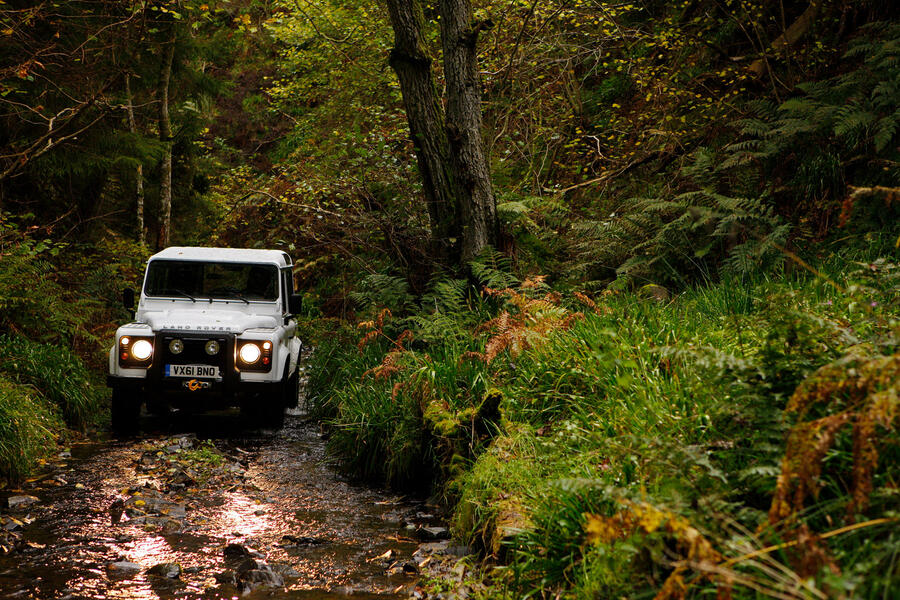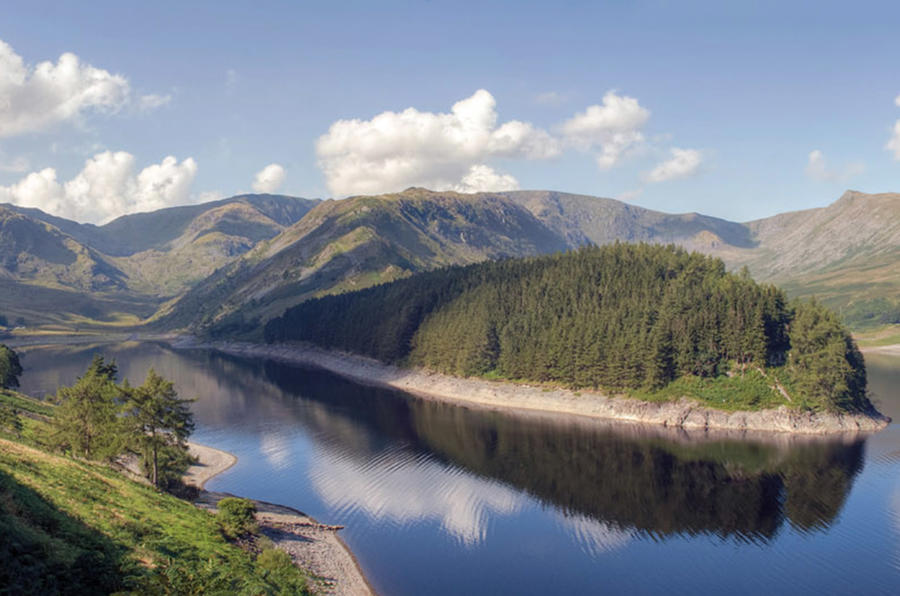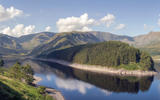The High Court ruled last week that 4x4 drivers and trail bike riders can continue to use two green lanes in the Lake District, dismissing a legal challenge by campaigners.
The Lake District National Park Authority (LDNPA) had already overseen a two-year assessment of the use of Tilberthwaite Road and High Oxen Fell Road and decided not to impose Traffic Regulation Orders.
Unsatisfied, a group called the Green Lanes Environmental Action Movement (Gleam) instigated a costly judicial review of the decision.
The ruling on that? The LDNPA’s defence of its original decision was right, so greenlaning can continue. Its assessment was broad and clear and ran to some 70 pages, and Mr Justice Dove called it “a reliable and accurate interpretation” of the law.
It found campaigners’ complaints about pollution weren’t credible, given that most other park users will drive to where they start their activities. It also found that while surfaces had in places deteriorated on these roads, this was where maintenance had also declined. And where surfaces had been improved to ease farming access, some mountain bikers now said they preferred the road when it wasn’t so “boring”.
The LDNPA found that it was “difficult to judge the [visual] impact of around 40 4x4s per week, when compared to the vastly greater use of the road network”, that there was “no evidence” of an effect on wildlife and that there was “no actual evidence of any accidents, incidents or injuries to any users of either of these roads”. It noted, too, that artists and writers managed to take great inspiration from the area back when it was more heavily mined and quarried.
As the LDNPA said, “these aren’t farmers’ roads or quarry roads, as sometimes described. They’re public through roads that happen to be used by farmers (and earlier quarrying, mining or packhorse traffic)”.













Join the debate
Add your comment
@ Matt Prior
Well reported Matt,
We have had similar issues with locals trying to close BOAT's in the South of England....mostly Londoners moving into multi million pound country houses which have historical rights of way across the land.
They should do their homework first, but as usual they take the view that money talks!
Their argument that they come to their village homes for peace and quiet at the weekend is lame.... we villagers (who actually live here full time) work hard all week and expect to play at the weekend. I f they want peace and quiet at the weekend - probably better to stay in London.
Frankly horses cut the lanes up worse from a walkers point of view that a few 4x4's. Yes there will always be a few who will be stupid and ruin reputations for restraint of the serious off-roaders, but the same can be said for ramblers.....who by the way ruin many beauty spots by not staying on designated pathways!
It has been popular to demonise off-roaders of late with all sorts of headline grabbing red herrings concocted by those with seperate agenda's....this is one in the eye for the naysayers and hopefully will become a line in the sand to use in other counties. The 4x4 clubs frequently effect repairs on byways....something walkers and horse riders never do, (dog walkers are expected toclear up after their dogs, but horse riders are not asked to clear their steaming great piles).
Before you ask, I do not belong to a 4x4 club, so this is not a biased view.
Thank F
Good news
Matt has taken a keen
Matt has taken a keen interest in this issue and reported in a calm and authoritative manner. It's all about intensity of use - if these roads get clogged with 4x4s there will be a problem, but at present mountain biking probably causes more damage than motorised vehicles.